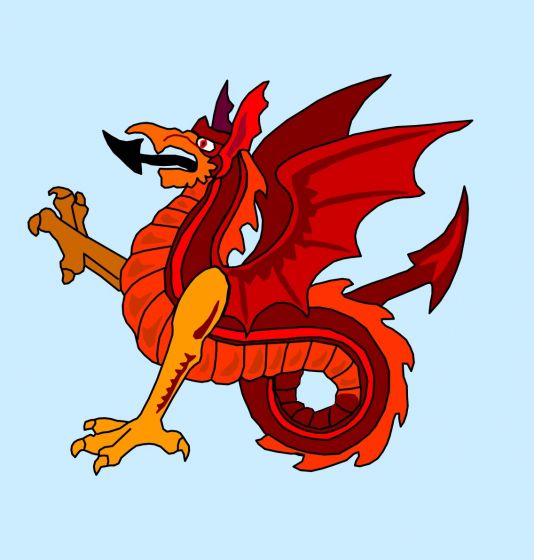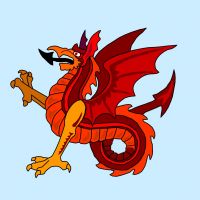
Wyvern
Wyvern
About
- Username
- Wyvern
- Joined
- Visits
- 3,085
- Last Active
- Roles
- Member
- Points
- 5,301
- Rank
- Cartographer
- Badges
- 24
-
Another little battle map
-
Annual Issue 15 - Heraldry Symbols
I don't find it takes quite that long on my PC, but certainly it isn't as quick as "normal" symbols.
I suspect the only way you might speed things up would be to amend every one of the symbols using Symbol Manager in CC3+ so that all parts of the symbol go on one sheet, while it still looks the same. This would prevent adjusting the features of each symbol that are currently on separate sheets using sheet effects, although you could still adjust the appearance of the symbol as a whole using effects on whichever sheet the whole symbol is on.
That would be a lot of work per symbol, and you would be best advised to store the amended versions in a separate, new, symbol catalogue, so as not to change the original symbols in case you might want to use those again, or in case something goes wrong with the changes you've been trying to make.
On the whole, Shessar's excellent artwork options might be preferable all-round, however!
-
Live Mapping: Parchment City (CANCELLED)
-
Annual Issue 15 - Heraldry Symbols
Yes, the charges are vector symbols, with many nodes. There are also multiple entities in every symbol - lines and polygons - and the symbols are set up to go onto multiple sheets too. That does all make things run slower than normal, as the symbol is redrawn after every movement of the mouse. Irritating, but just how it is, unfortunately.
-
Community Atlas - Forlorn archipelago - The Bleakness, 2 villages and 2 keeps




